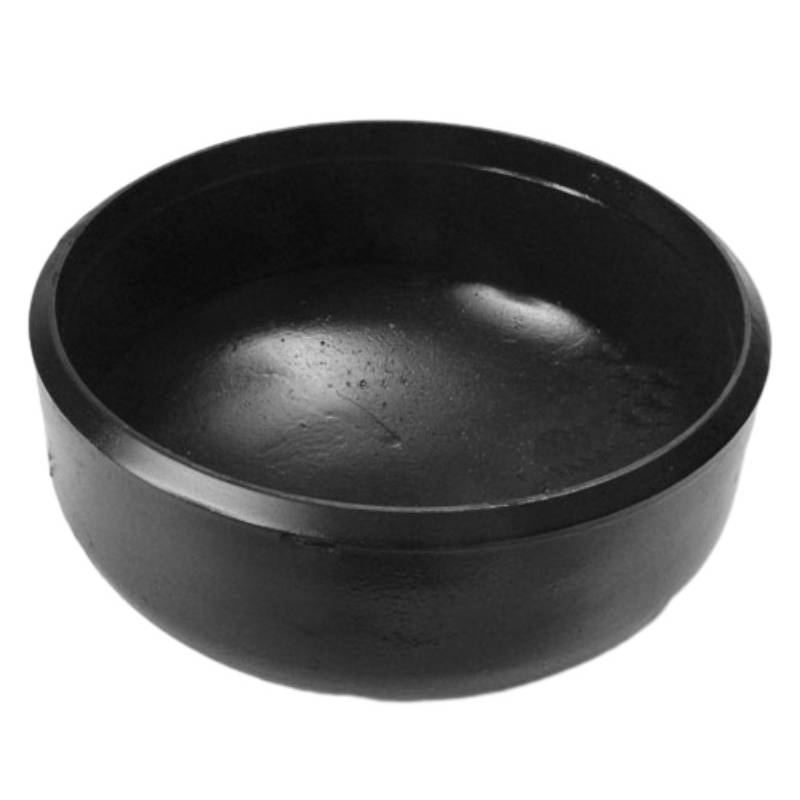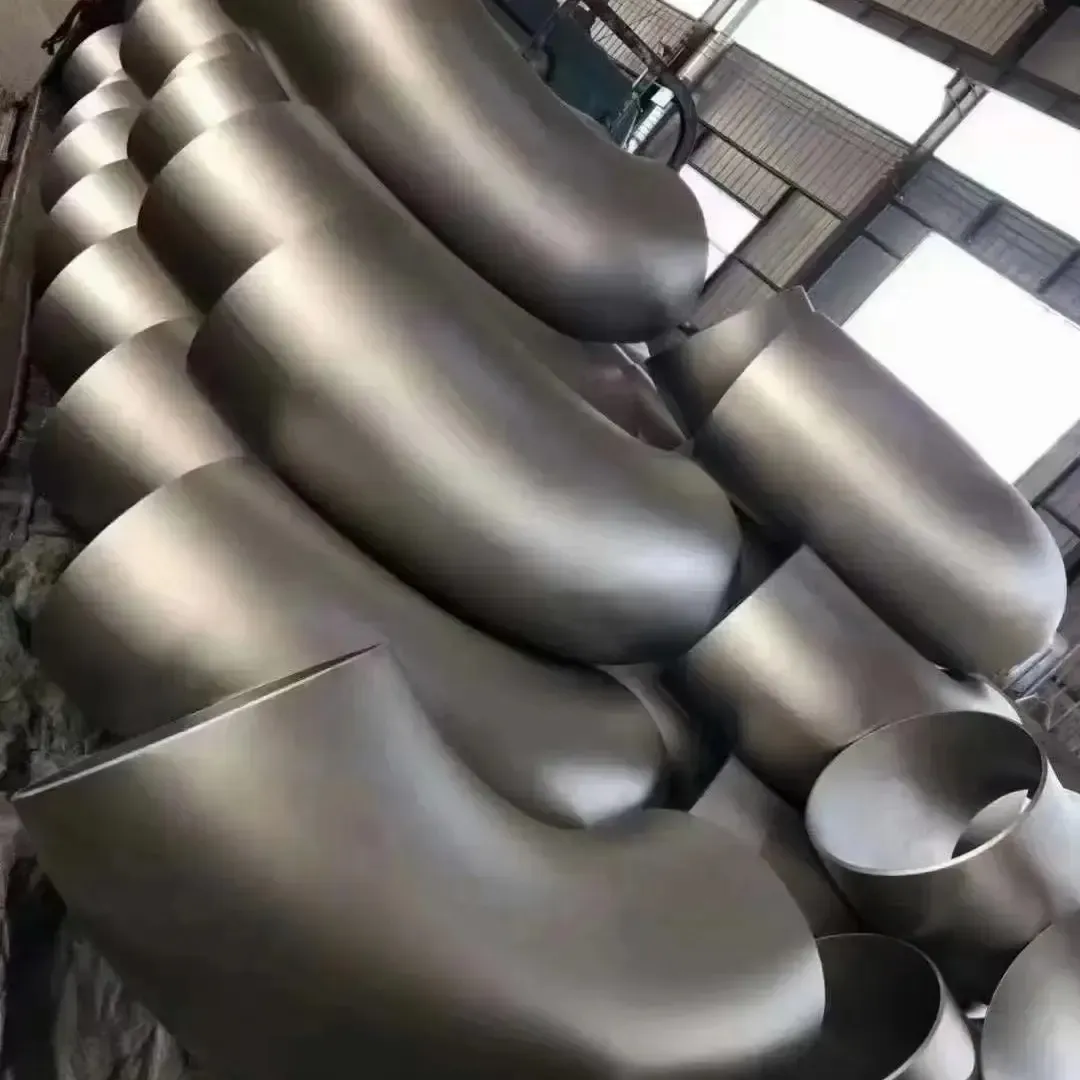-
Cangzhou Yulong Steel Co., Ltd.
-
Phone:
+86 13303177267 -
Email:
admin@ylsteelfittings.com
- English
- Arabic
- Italian
- Spanish
- Portuguese
- German
- kazakh
- Persian
- Greek
- French
- Russian
- Polish
- Thai
- Indonesian
- Vietnamese
- Zulu
- Korean
- Uzbek
- Hindi
- Serbian
- Malay
- Ukrainian
- Gujarati
- Haitian Creole
- hausa
- hawaiian
- Hebrew
- Miao
- Hungarian
- Icelandic
- igbo
- irish
- Japanese
- Javanese
- Kannada
- Khmer
- Rwandese
- Afrikaans
- Albanian
- Amharic
- Armenian
- Azerbaijani
- Basque
- Belarusian
- Bengali
- Bosnian
- Bulgarian
- Catalan
- Cebuano
- China
- China (Taiwan)
- Corsican
- Croatian
- Czech
- Danish
- Esperanto
- Estonian
- Finnish
- Frisian
- Galician
- Georgian
- Kurdish
- Kyrgyz
- Lao
- Latin
- Latvian
- Lithuanian
- Luxembourgish
- Macedonian
- Malgashi
- Malayalam
- Maltese
- Maori
- Marathi
- Mongolian
- Myanmar
- Nepali
- Norwegian
- Norwegian
- Occitan
- Pashto
- Dutch
- Punjabi
- Romanian
- Samoan
- Scottish Gaelic
- Sesotho
- Shona
- Sindhi
- Sinhala
- Slovak
- Slovenian
- Somali
- Sundanese
- Swahili
- Swedish
- Tagalog
- Tajik
- Tamil
- Tatar
- Telugu
- Turkish
- Turkmen
- Urdu
- Uighur
- Welsh
- Bantu
- Yiddish
- Yoruba

Meh . 07, 2025 23:57 Back to list
Durable Metal Plumbing Pipes - Corrosion-Resistant & Long-Lasting
- Exploring the fundamental properties and modern applications of metal plumbing systems
- Technical specifications and performance advantages over alternative materials
- Comparative analysis of leading manufacturers and material properties
- Custom fabrication options for specialized industrial requirements
- Real-world installation case studies demonstrating durability and efficiency
- Best practices for installation, maintenance, and accessory integration
- Future trends in plumbing infrastructure development

(metal plumbing pipe)
Fundamentals of Modern Metal Plumbing Pipe Systems
Industrial plumbing relies heavily on durable metal piping systems that transport water, gas, and chemicals. Copper pipes dominate residential applications with a 65% market share due to their corrosion resistance, while galvanized steel maintains strongholds in municipal infrastructure. The thickness of pipe walls directly impacts pressure ratings, with schedule 40 pipes handling up to 300 psi in standard configurations. Key components like threaded plumbing fittings and plumbing pipe caps ensure secure connections and system integrity during maintenance operations.
Modern manufacturing techniques have significantly improved metallurgical properties. Annealing processes enhance flexibility, while zinc coatings on galvanized pipes increase service life to 40-70 years in most environments. According to Plumbing Manufacturers International, corrosion-related failures decreased by 28% between 2015-2022 due to improved pipe coatings. These developments position metal pipes as essential components in critical infrastructure projects where reliability is non-negotiable.
Technical Specifications and Performance Advantages
Material science innovations have elevated plumbing pipe capabilities beyond basic transport functions. Copper pipes demonstrate natural antimicrobial properties, reducing bacterial growth by 99.3% compared to synthetic alternatives. Thermal conductivity ratings show brass fittings dissipate heat 14x faster than plastic variants, making them indispensable in high-temperature industrial applications. Pressure testing reveals schedule 80 stainless steel pipes withstand burst pressures exceeding 1,200 psi - critical for hydraulic systems in manufacturing plants.
The threading specifications on metal pipes follow universal standards (NPT, BSP) that ensure international compatibility. When combined with precise threaded plumbing fittings, systems achieve leak-proof seals that maintain integrity through 200+ thermal cycling tests. Unlike polymer alternatives, metal pipes demonstrate zero permeability to gases and contaminants, protecting water purity across healthcare and pharmaceutical applications. Rigorous NSF-61 certification processes validate these performance characteristics for potable water systems.
Manufacturer Comparison and Material Selection Guide
| Manufacturer | Material Options | Pressure Rating | Corrosion Resistance | Average Price/ft (USD) |
|---|---|---|---|---|
| Viega | Copper, Stainless Steel | 480 PSI (max) | Class A | $4.80 |
| Nibco | Brass, Carbon Steel | 320 PSI (max) | Class B | $3.20 |
| Mueller Industries | Copper, Galvanized Steel | 380 PSI (max) | Class B | $2.75 |
| Grooved Fusion | Alloy Steel, Titanium | 820 PSI (max) | Class AA | $22.60 |
Specialized needs often dictate material selection in industrial contexts. Chemical processing plants typically require 316L stainless steel with silicon-bronze threaded plumbing fittings to resist acidic solutions. For marine applications, titanium alloys paired with sacrificial anodes provide 50+ years of service in saltwater environments despite 3.2x cost premiums over standard options. Municipal water authorities increasingly specify cement-mortar lined pipes (C301 standard) where soil conditions threaten standard coatings.
Custom Fabrication Solutions for Industrial Requirements
Off-the-shelf solutions rarely meet extreme operational demands. Aerospace facilities require seamless titanium pipes with dimensional tolerances within 0.005 inches and specialized plumbing pipe caps rated for cryogenic temperatures. Custom fabrication processes employ cold-drawing techniques that enhance tensile strength by 30-40% while maintaining precise ID dimensions. Digital blueprint integration allows creating complex manifolds with 32+ connection points that would be impossible using standard fittings.
Advanced surface treatments extend functionality beyond conventional limits. Electropolishing creates microscopically smooth surfaces (Ra 0.2μm) that prevent biofilm accumulation in pharmaceutical plants. For ultra-high purity applications, vacuum-brazed joints eliminate contamination risks at connection points. Hydroelectric facilities leverage 72-inch diameter custom-fabricated pipes with 1-inch thick walls that withstand 800 PSI at mountain pressure heads, demonstrating metal's unparalleled adaptability in extreme engineering contexts.
Industrial Installation Case Studies
The Denver Water Rehabilitation Project exemplifies modern metal pipe applications. Crews installed 17 miles of 48-inch cement-mortar lined steel pipes using robotic welding systems that completed circumferential joins in 8.3 minutes per connection. This approach reduced installation time by 42% compared to traditional methods while achieving zero leakage at 350 PSI operational pressure. Strategic placement of plumbing pipe caps at temporary termination points prevented contamination during phased construction.
Singapore's Marina Bay desalination plant showcases corrosion-resistant alloys in harsh environments. The facility utilizes duplex stainless steel pipes with specialized flange joints that withstand continuous saltwater exposure at 90°C. Performance data indicates just 0.003mm/year corrosion rates after seven years of operation - significantly below the 0.1mm/year industry threshold for replacement consideration. The system integrates over 4,500 custom threaded plumbing fittings that facilitate component replacement without full system shutdowns.
Installation Protocols and Maintenance Procedures
Proper joining techniques determine long-term system integrity. Torque specifications for threaded connections range from 35 ft-lbs (½") to 780 ft-lbs (4") depending on material and application. Field technicians increasingly utilize ultrasonic thickness testing to establish baseline measurements, with subsequent annual inspections detecting as little as 0.01mm wall erosion. Preventative maintenance includes applying food-grade lubricants to threads that extend gasket life by 300% in commercial kitchens.
Flow dynamics significantly impact component longevity. Engineers calculate velocity thresholds using the formula V = 4 × Q / (π × D²) where velocity (V) shouldn't exceed 5 ft/sec for cold water and 8 ft/sec for hot water in copper systems. Properly installed plumbing pipe caps on dead-end lines prevent sediment accumulation and microbiologically influenced corrosion (MIC). EPA guidelines require shock chlorination at 50ppm concentration whenever systems remain stagnant beyond 72 hours to maintain water quality standards.
Advancing Plumbing Infrastructure with Metal Pipe Solutions
Emerging technologies continue to enhance metal plumbing pipe
applications. Smart monitoring systems now embed microsensors in pipe walls that detect pressure fluctuations indicating developing leaks. Material innovations like graphene-infused copper coatings demonstrate 90% reduction in pitting corrosion during accelerated testing. These developments coincide with municipal regulations requiring lead-free (LF) certifications on all potable water components by 2040.
Distribution challenges drive fabrication advances. Modular prefabrication techniques now assemble complete riser systems up to 18 stories high in controlled factory environments. This approach reduces on-site installation time by 75% while improving weld consistency compared to field conditions. The metal plumbing pipe industry continues evolving to meet increasing demands for seismic resilience, sustainability, and life-cycle efficiency in global infrastructure development.

(metal plumbing pipe)
FAQS on metal plumbing pipe
以下是根据核心关键词创建的5组英文FAQ问答,使用HTML富文本形式:Q: What are the common types of metal plumbing pipes?
A: Galvanized steel, copper, and stainless steel are widely used metal plumbing pipes. They offer durability and corrosion resistance for water supply systems. Copper pipes are especially popular for residential applications due to reliability.
Q: When should I use a plumbing pipe cap?
A: Use pipe caps to seal unused threaded pipe ends during system modifications or repairs. They prevent debris entry and pressure loss in pipelines. Always match the cap material to your pipe type (e.g., brass caps for copper pipes).
Q: How do threaded plumbing fittings enhance pipe connections?
A: Threaded fittings provide secure, leak-resistant joints for metal pipe assemblies. They allow easy disassembly for maintenance without pipe cutting. Common types include couplings, elbows, and tees compatible with NPT (National Pipe Thread) standards.
Q: Can metal plumbing pipes corrode over time?
A: Yes, corrosion can occur due to water chemistry or environmental exposure. Galvanized pipes may rust internally after 20-50 years, while copper develops patina. Regular inspections and dielectric unions prevent accelerated corrosion.
Q: How do I measure threaded fittings for replacement?
A: Identify nominal pipe size (NPS) and thread type using calipers and thread gauges. Measure outer diameter and threads-per-inch for compatibility. Always specify NPT (tapered) or NPSM (straight) threading when ordering replacements.
Latest news
-
ANSI 150P SS304 SO FLANGE
NewsFeb.14,2025
-
ASTM A333GR6 STEEL PIPE
NewsJan.20,2025
-
ANSI B16.5 WELDING NECK FLANGE
NewsJan.15,2026
-
ANSI B16.5 SLIP-ON FLANGE
NewsApr.19,2024
-
SABS 1123 FLANGE
NewsJan.15,2025
-
DIN86044 PLATE FLANGE
NewsApr.19,2024
-
DIN2527 BLIND FLANGE
NewsApr.12,2024
-
JIS B2311 Butt-Welding Fittings LR/SR 45°/90° /180°Seamless/Weld
NewsApr.23,2024











